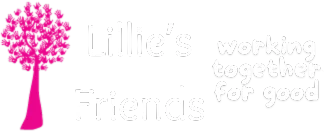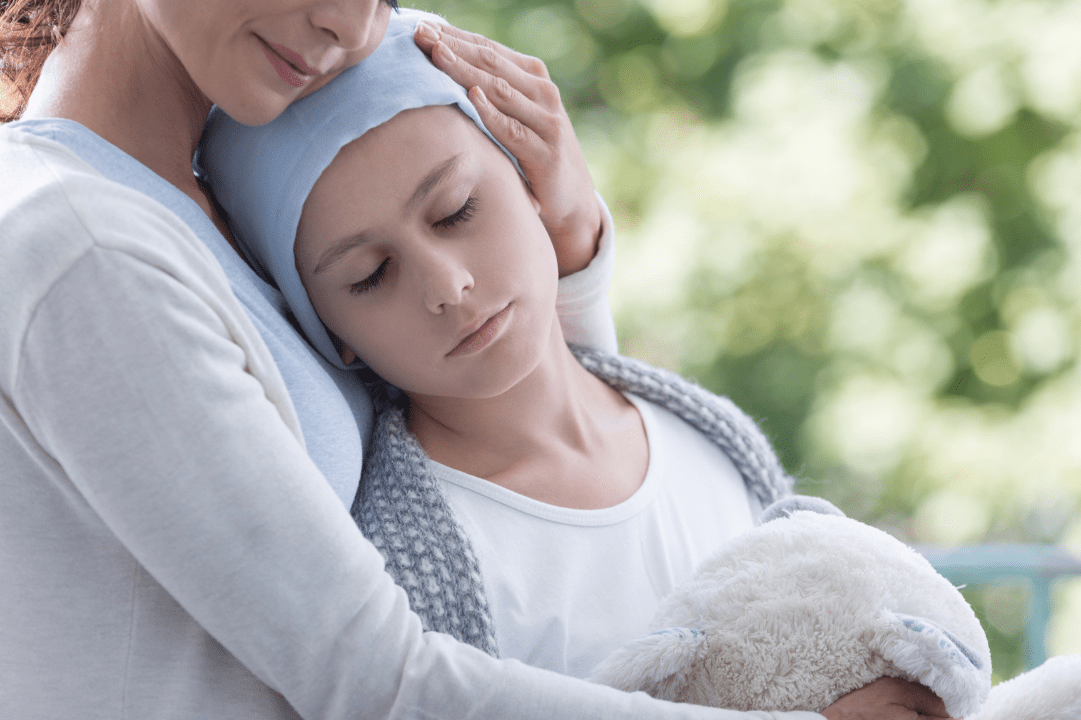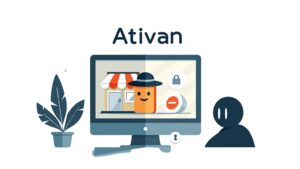A Guide for Parents” is a comprehensive resource designed to provide information, guidance, and support for parents and caregivers of children who have been diagnosed with cancer.
This guide aims to help parents navigate the challenges of childhood cancer, understand the treatment options, manage side effects, and provide emotional support to their child. While I can’t provide a specific book or guide with that exact title, I can offer you a general outline of what such a guide might cover:
Understanding Childhood Cancer:
Explanation of childhood cancer types and common diagnoses. Overview of the causes, risk factors, and genetics of childhood cancer. How childhood cancers differ from adult cancers.
Diagnosis and Treatment:
Explanation of the diagnostic process, including tests and imaging. Overview of treatment options, including surgery, chemotherapy, radiation, and targeted therapy. Discussion of the importance of a multidisciplinary treatment team. Information on clinical trials and their role in childhood cancer treatment.
Managing Treatment Side Effects:
Detailed information on common treatment side effects and how to manage them. Strategies for coping with nausea, fatigue, hair loss, pain, and other side effects. Importance of open communication with the medical team about side effects.
Supporting Your Child:
Tips for Talking to Children about Their Diagnosis and Treatment in Age-Appropriate Ways
Facing a childhood cancer diagnosis is a challenging journey, and discussing it with your child in an age-appropriate manner is crucial to their understanding, comfort, and emotional well-being. Here are some detailed tips to help guide these difficult conversations:
1. Consider Their Age and Understanding:
Children of different ages have varying levels of understanding. Tailor your conversation to their developmental stage and use language they can comprehend.
2. Create a Comfortable Setting:
Choose a quiet, comfortable environment where your child feels safe to ask questions and express their feelings.
3. Be Honest and Use Simple Language:
Use clear, honest, and age-appropriate language to explain the diagnosis. Avoid using medical jargon or complex terms that might confuse them.
4. Start with the Basics:
Begin by explaining the diagnosis itself before delving into treatment details. Give your child time to think about what you said.
5. Use Visual Aids:
Visual aids such as drawings, pictures, or diagrams can help illustrate concepts and make explanations more understandable.
6. Encourage Questions:
Let your child know that it’s okay to ask questions, and be prepared to answer them honestly. If you don’t know, say that you’ll find out.
7. Offer Reassurance:
Reassure your child that cancer is not their fault and that the medical team is there to help them get better.
8. Use Analogies:
Analogies or comparisons to familiar situations can help children grasp complex concepts. For instance, comparing cancer cells to “bad guys” helps them understand the situation. **9. Focus on Feelings:
Acknowledge your child’s feelings and emotions. Let them know it’s okay to be scared, sad, or angry, and that you are there to support them.
10. Involve Them in Decisions:
If appropriate, involve your child in treatment decisions, giving them a sense of control over their own journey.
11. Address Treatment Side Effects:
Be honest about potential side effects of treatment, using simple language. Explain that side effects are temporary and the medical team will help manage them.
12. Maintain a Routine:
Keeping a consistent routine can provide a sense of stability during uncertain times. Inform your child about any changes in their daily life due to treatment.
13. Use Stories or Books:
Utilize children’s books or stories about cancer to help them relate to characters who are going through similar experiences.
14. Reiterate Your Love and Support:
Important Note: Remind your child that you love them and will be with them every step of the way. Offer hugs, cuddles, and comfort. Remember, these conversations may need to be ongoing as your child processes the information. Being patient, empathetic, and adaptable in your approach will help your child feel understood and supported during this challenging time.
Nutrition and Physical Well-being:
Childhood cancer treatment can be physically demanding, impacting a child’s nutritional intake and overall well-being. Proper nutrition and maintaining physical health play a crucial role in supporting the child’s immune system, reducing treatment-related side effects, and aiding recovery. This article explores the significance of nutrition and physical well-being during childhood cancer, offering insights and tips for parents and caregivers.
Importance of Nutrition: Proper nutrition is vital for children with cancer as it helps maintain strength, energy levels, and supports the body’s healing processes. Adequate nutrition can enhance the effectiveness of treatments and mitigate treatment-related side effects.
Balanced Diet: Provide a balanced diet rich in whole foods, including fruits, vegetables, lean proteins, whole grains, and healthy fats. These foods provide essential nutrients that aid in healing and recovery.
Hydration: Ensuring the child remains hydrated is crucial, especially during treatment. Encourage frequent sips of water, herbal teas, and nutrient-rich beverages to prevent dehydration.
Meeting Caloric Needs: Cancer treatments can increase energy requirements. Aim to provide nutrient-dense, calorie-rich foods to meet the child’s increased needs and prevent weight loss.
Managing Treatment Side Effects: Certain treatments can lead to side effects such as nausea, taste changes, and mouth sores. Adapt the child’s diet to accommodate these challenges. For instance, offer bland foods, cold or room-temperature dishes, and avoid strong-smelling foods.
Protein Intake: Protein is needed for muscle healing and for the defense system to work. Include lean sources of protein such as poultry, fish, beans, and dairy products to support healing.
Vitamins and Minerals: Ensure the child gets a variety of vitamins and minerals through fruits, vegetables, and whole grains. These nutrients aid in immune support and overall well-being.
Fiber-Rich Foods: Fiber promotes healthy digestion and prevents constipation, a common concern during cancer treatment. Eat foods like whole grains, fruits, and vegetables that are high in fiber.
Consult a Dietitian: A registered dietitian experienced in pediatric oncology can tailor a nutritional plan to the child’s specific needs and address any challenges or restrictions.
Physical Activity: Physical activity, tailored to the child’s capabilities, can help maintain muscle strength, improve mood, and combat fatigue. Consult the medical team for guidance on suitable activities.
Rest and Sleep: Adequate rest is essential for healing. Ensure the child gets sufficient sleep, and encourage daytime naps if needed.
Supplements: Consult the medical team before introducing supplements, as some may interact with treatments or other medications.
Supporting Emotional Well-being: Eating challenges, changes in appetite, and treatment-related side effects can impact the child’s emotional well-being. Create a positive and comfortable dining environment, and be sensitive to the child’s preferences and moods.
Important Note: Nutrition and physical well-being are pivotal during childhood cancer treatment, promoting the child’s immune system, energy levels, and overall recovery. A balanced diet, proper hydration, and appropriate physical activity contribute to the child’s strength and resilience, enabling them to navigate their journey towards healing with greater comfort and well-being.
Education and Schooling:
How to navigate the challenges of schooling and education during treatment. Advocacy for your child’s educational needs and communication with teachers and school staff.
Financial and Practical Considerations:
Information on managing medical costs and insurance. Resources for financial assistance and support services. Tips for balancing work and caregiving responsibilities.
Long-Term and Survivorship Issues:
Discussion of potential long-term effects of childhood cancer treatment. Guidance on follow-up care, monitoring, and transitioning to adult care. Support for survivors of childhood cancer.
Caring for Yourself:
Emphasis on self-care for parents and caregivers. Strategies for managing stress, finding support, and maintaining your own well-being.
Resources and Support:
Lists of reputable organizations, websites, and support groups for childhood cancer information and assistance. Information on advocacy, research, and community resources. Remember that every family’s journey with childhood cancer is unique. If you’re seeking a specific guide or resource, consider reaching out to local hospitals, pediatric oncology centers, cancer support organizations, or reputable medical websites for more information. These resources can provide valuable insights, practical advice, and emotional support for parents and caregivers facing the challenges of childhood cancer.











